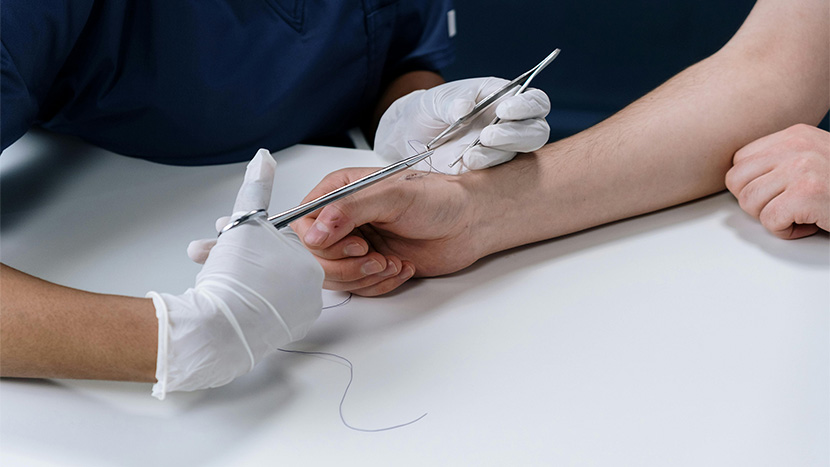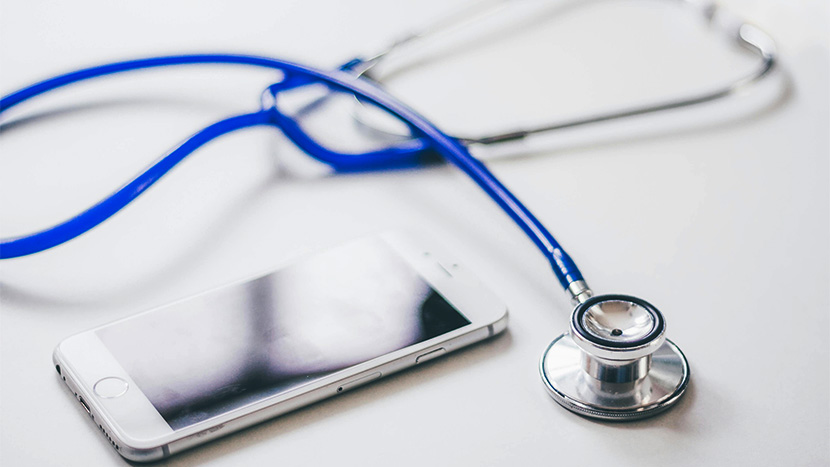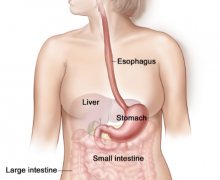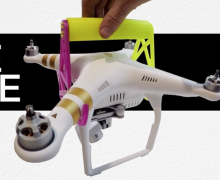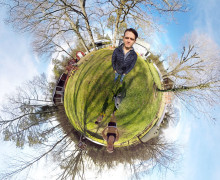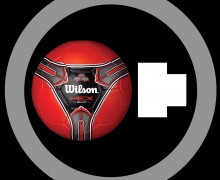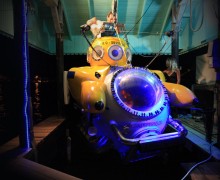Recent Scientific Advancements in Medicine: How Times Have Changed!
Science and medicine have been joined at the hip for centuries. But lurking in the background was always technology–or the idea that we can turn science into something practical that can help people.
This process got underway in the modern world at some time after the discovery that cholera was a waterborne disease. The British government changed how it organized sanitation in London, with other countries following soon after, leading to the sanitation revolution that ultimately crushed child mortality and helped most people live past the age of 40.
But, of course, when we talk about technology in the post-2020 world, we mean something quite specific. Usually, it contains a microchip or involves editing biology’s code, DNA, or something else that would have seemed sci-fi in the year 2000.
However, technology is now an integral part of the medical industry and something that patients have come to expect. In the developed world, old-fashioned doctoring has been replaced by something that’s more akin to Silicon Valley in its essence. Everything is hyper-technical and data-driven, with medical clinics using every possible scanning device to diagnose and treat patients for their specific conditions.
But what is happening in the medical industry, more specifically? Which technologies are having the greatest impact on how we collectively do medicine and make people well again?
Telesurgery
One of the most prolific examples of technology transforming the medical industry is telesurgery. The idea is to place a patient under a robot and then get a remote surgeon to operate the controls, wherever they happen to be in the world.
This approach is helpful in developing countries because most don’t have surgeons in regional areas, especially the hinterland. However, surgeons could effectively be there thanks to the internet and advanced robotics with relatively simple setups. These manufactured machines would essentially be shipped to rural clinics and then surgeons could control them remotely using sensory and camera feeds, cutting patients up and them stitching them back together again, with perhaps only physical nurses present in the room to do the things that the machine can’t (such as wheel the patient in on a gurney).
Liquid Biopsies
At the same time, there is a growing interest in the concept of liquid biopsies for cancer patients. These approaches attempt to determine whether a patient has cancer or a tumor from tiny markers in their bloodstream or other fluids in their body.
Currently, most medical establishments use physical biopsies, which involve removing pieces of tissue and studying them under a microscope to see if they are dangerous. This method is highly accurate, but also invasive, especially as a routine procedure. It would be nice to know whether a patient is at risk of cancer, but the cost of actually removing the material is quite high.
However, researchers are developing new DNA-based tests that are still quite accurate but don’t require anything other than a needle prick. These work similarly to blood tests, and involve removing the liquid material, isolating the DNA-containing components, and then analyzing them.
Currently, liquid biopsy procedures are available for more than 50 cancers. However, medical professionals are constantly adding more as the technology advances.
Smart Sutures
Another development is “smart sutures.” These come impregnated with various sensors that can monitor the healing process without interfering with it. Micro technology lets these devices detect things like infections and wound healing rates, providing feedback to doctors using companion software.
Smart sutures go beyond conventional self-absorbing sutures by essentially becoming a temporary implant for the patient. If wound healing is slow, doctors can use that information to determine next steps, such as increasing the patient’s protein or zinc intake. Little changes like these can have a profound effect on overall healing time and further reduce the risk of infection, especially after major surgery or when patients have weakened immunity.
AI Personalization
Of course, this article also needs to mention AI personalization, something that’s coming to the fore in modern medicine, especially since 2020. The idea is to use these systems to collect as much information as possible on patients so they can receive high-quality treatment.
IBM’s Watson was an early example of this, dating to around 2015, but it wasn’t particularly successful. However, newer technologies are several orders of magnitude more powerful than this initial system, and offer broader scope, meaning that personalized medicine is pretty much here.
The reason these systems work has to do with how they interact with data. AIs can take in vast quantities of information and then apply special algorithms that simply weren’t available in the past, when similar attempts were based on more brittle statistical models.
These new AIs aren’t prone to the same data issues, meaning that they can take sample biological information from patients, crunch the numbers, and then churn out the best treatment for them.
This approach means that doctors will soon be able to personalize medications and treatments for patients, perhaps based on a blood test. Gathering biomarker information, DNA, and other components, like microscopic vesicles, could provide the data required at a systems level to determine or even predict the best option for the patient.
Drone Delivery Of Medical Supplies
Another cool technology that will soon change the medical industry in developing countries is drone delivery of medical supplies. This technology is an inexpensive and relatively safe way to transport medicines over long distances in rural terrain, like the interior of Africa, and get drugs to the people who need them.
Drone delivery didn’t quite work in the West due to flight restrictions and noise concerns. But these issues are less problematic in Africa’s relatively sparse and open interior. Drone deliveries could be laden with medications, vaccines, and blood supplies, allowing them to reach communities that can’t afford treatment because of high road transportation costs.
Virtual Receptionists
Virtual receptions are another change sweeping over the medical industry. These professionals work remotely to manage clinics, dealing with issues like billing and claims reconciliation, while medics focus on treatment.
Using a virtual medical receptionist is something many practitioners are doing to make their clinics more efficient and avoid burnout. They want to feel fresh and energized all day without being bogged down by difficult paperwork, like payroll or HIPAA compliance. What they want is someone who understands their practices’ needs straight away and can begin working independently to ensure everything continues to tick over.
Of course, the primary appeal of these services is their scalability. Medical professionals can keep adding administrative and clerical staff as much as they want, allowing them to do more even if they don’t expand their in-house medical team.
They can also use virtual workers more than ever before. Most have extensive experience working in the medical industry and understand the proactive steps they need to take to support doctors.
Mental Health Chatbots
Another innovation is the introduction of mental health chatbots, something that seemed impossible just four years ago. These bots pass the Turing test (in the sense that they are indistinguishable from humans in the quality of their conversation), and they may even behave better.
What’s nice about these chatbots is that they are essentially free, and people can talk to them whenever they want. They can provide helpful guidance or advice, or simply listen.
For providers, the fact that these mental health chat bots exist is changing how they operate. Many are finding that they can deliver better outpatient services because of these bots, since they can provide support any time of the day or night.
Remote Patient Monitoring
Similarly, remote patient monitoring has also taken off since the turn of the decade. In 2020, there were a few devices on the market for keeping tabs on people, but they were basic and not particularly mainstream. Now, though, their sensors and feedback are so much better than before, allowing doctors and other health professionals to track their progress over time without having to constantly invite them into the clinic.
This technology is particularly appealing among patients with critical conditions. It allows them to keep up to date tracking on their situation and send ping messages and notifications to doctors if they’re needed.
Nanomedicine
At the top of the list of futuristic medical technologies coming our way is nanomedicine. The idea here is to build tiny machines that can think for themselves, live inside the body, and provide repairs or changes when necessary.,
Doctors are most excited about the potential of nanomedicine to target diseased cells accurately. The hope is that these tiny robots will flood the bloodstream, detect cells with problems, like cancer cells, destroy them, but leave everything else just the way it was.
Currently, chemo drugs try to do this, but they aren’t particularly effective because they don’t always kill the cancer, and they sometimes hurt normal cells.
However, nanobots wouldn’t just be relying on chemical interactions. Instead, they’d be able to choose whether to go into a cell and destroy it.
So there you have it: some of the impressive ways technology is changing the medical industry.


